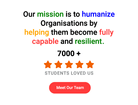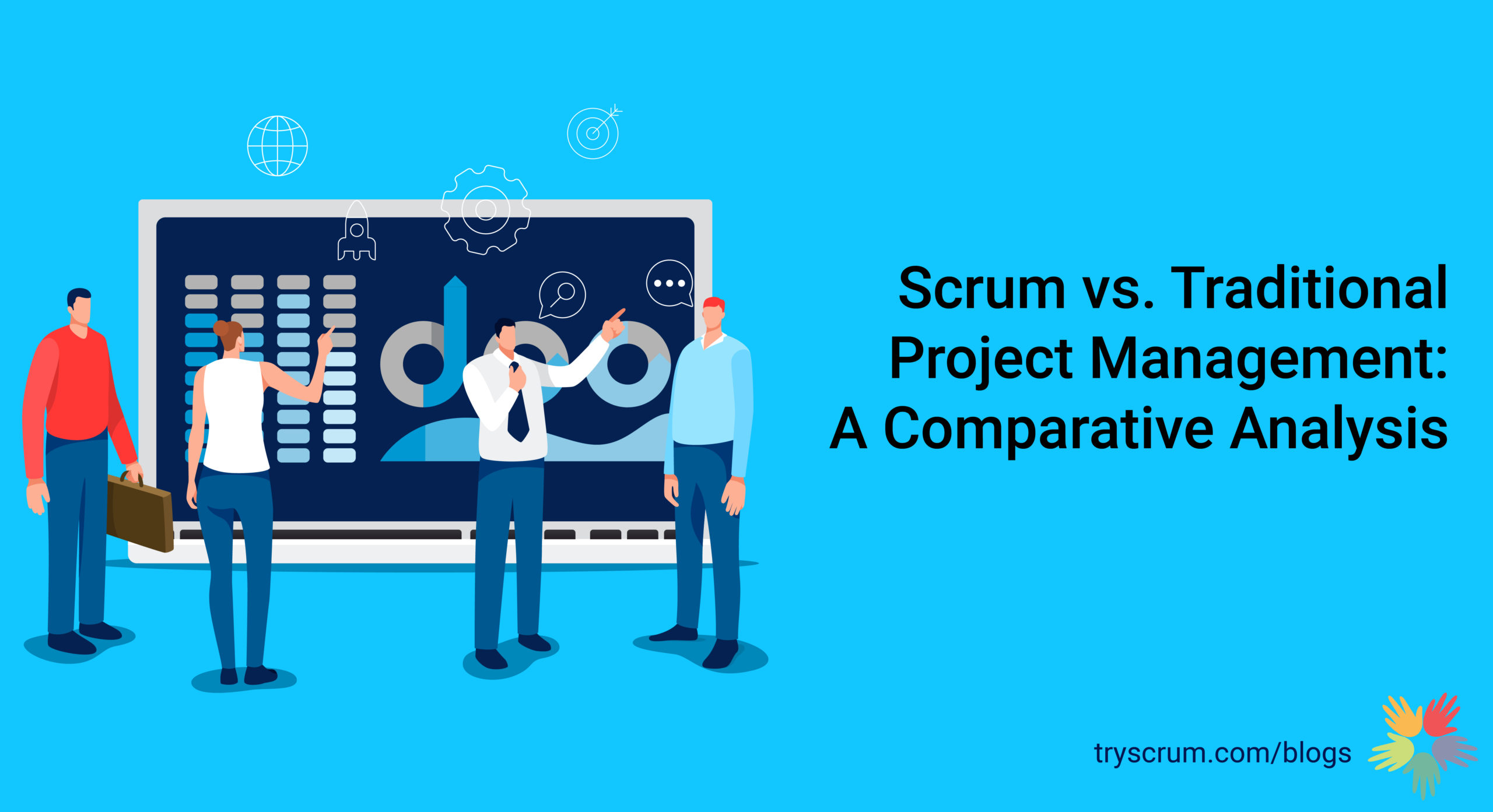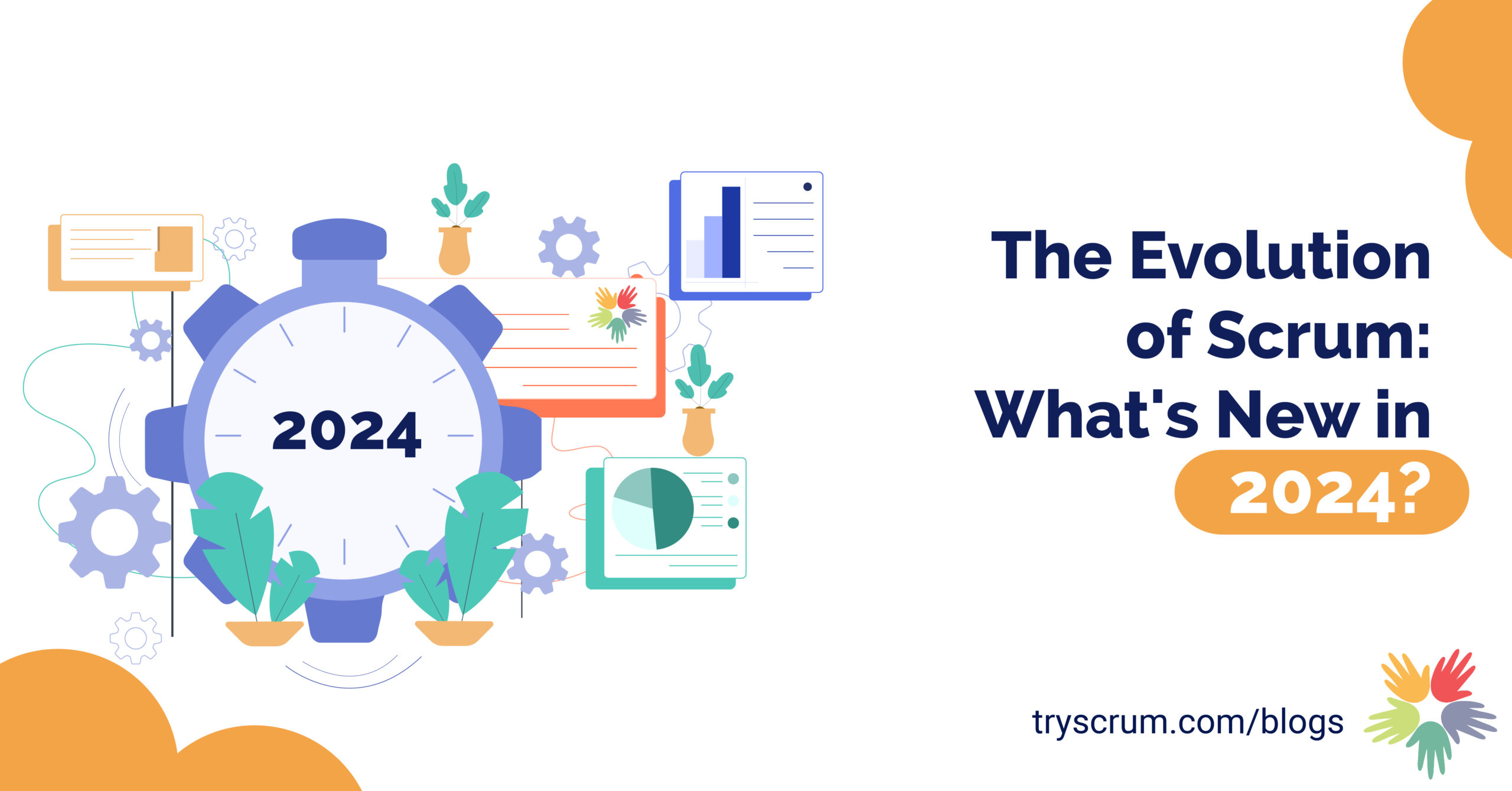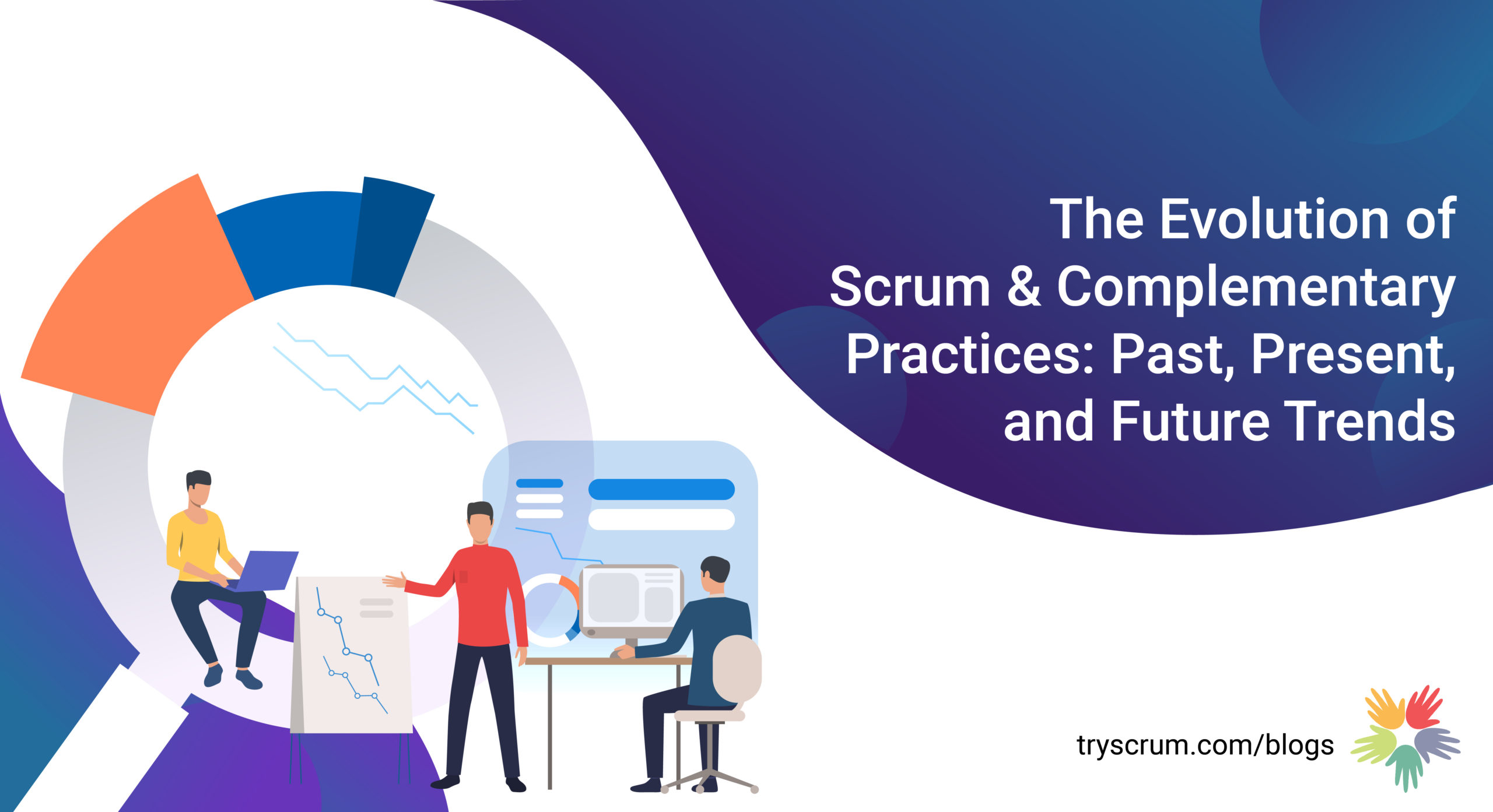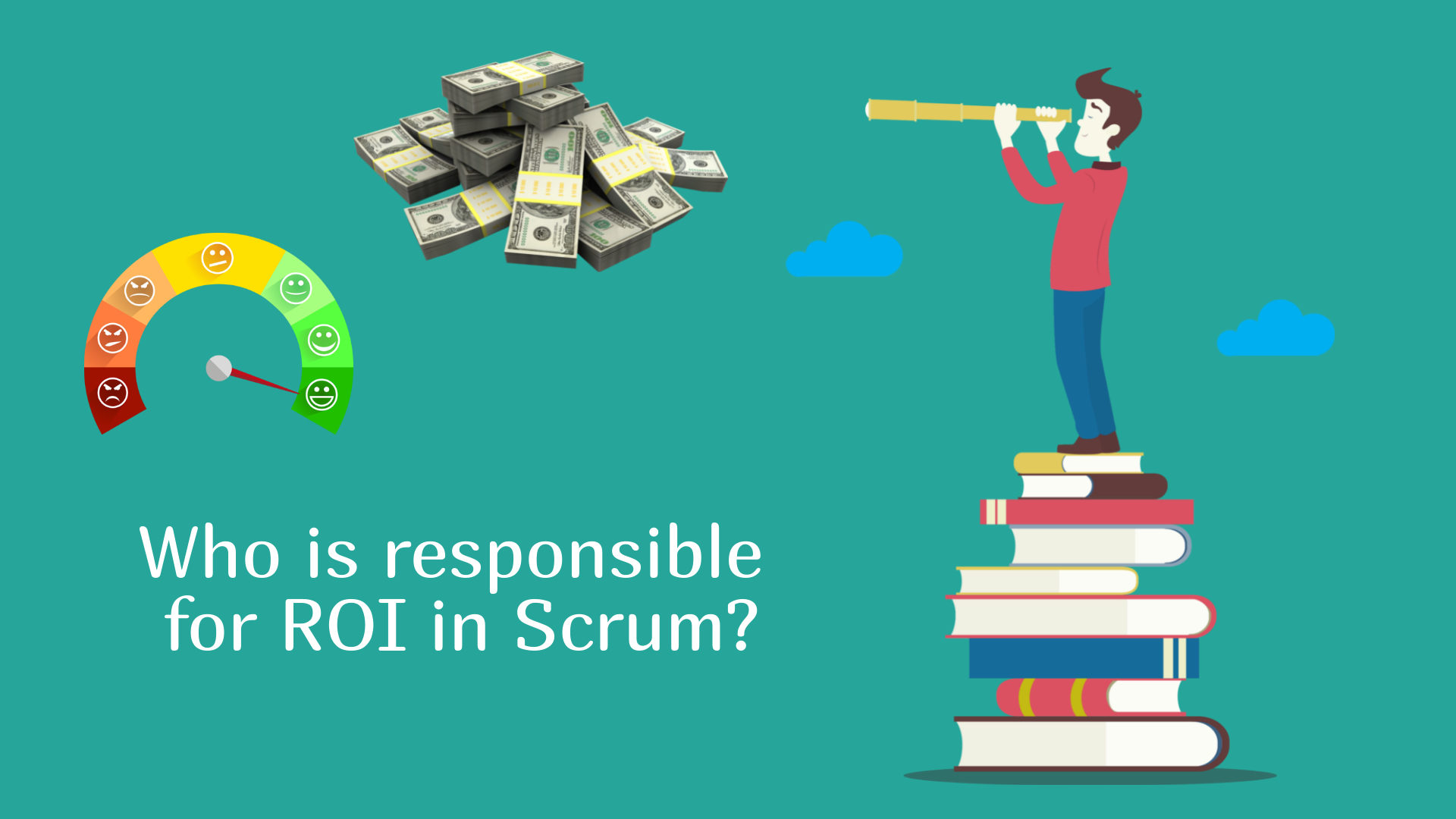
Who is Responsible for ROI in Scrum?
The Product Owner is responsible for the ROI or return on investment. They represent the customer and the product on which the scrum team is working.
A Product Owner must have good visibility on the product’s usability to understand the most valuable things to be built into the product. Also, anything added or updated in the Product consumes Scrum Team’s time and effort in the Sprint. Thus, every penny spent must be worthy to help optimise the product’s value. So, a product owner must make informed decisions.
The Product Owner is directly responsible for the Product Budget. If a product owner doesn’t know how to allocate a budget for each sprint or doesn’t know how to manage the product backlog to maximise value, this may create a more challenging environment for the scrum team to build the right product. So having an able product owner is crucial to realise the Return on Investment in Scrum.
Who is the Product Owner in Scrum?
As per Scrum, The Product Owner is a Value Maximiser who can think holistically yet move incrementally.
Anticipating the customer needs
A Product Owner does deep research on users, user needs, user experience, trends, competition, and the marketplace.
Handling the communication
Then, lead the way with a strategy that strongly supports the Product vision and communicate the vision appropriately to create alignment with stakeholders. Anyone who has stakes in the product is a stakeholder, from sponsors to the product development team or scrum team.
Managing the Product needs
Internally, spend time with the team to elucidate the product backlog, decide which product backlog needs to be ordered at the top and decide when the product should hit the open market.
Product Owners also work beyond the team, including creating contracts, managing governance, and finance & budgeting.
The Product Owner role demands a 360-degree view.
How do you choose the right Product Owner?
The role of a Product Owner is a crucial one in Scrum. As Ken Schwaber says, they are the single wringable neck for the success or failure of the Product. In our view, the position is similar to a Chief Executive Officer in an Organisation.
How do we know what it means to be an ideal Product Owner?
Well, below here are five aspects that we want to consider
Bandwidth
The one who can devote enough time and capacity to work with the Scrum Team, stakeholders and customers to manage the product’s right outcome is a good Product Owner. With a vast range of accountabilities, the Product Owner’s time management enables value optimisation.
Power
The one who manage the preferences of users, customers, stakeholders and factor those decisions to order the product backlog, in collaboration with the Scrum team, and the ability to accept the product aggregation needs Decision-making authority. The same holds for releasing a product increments to the market. The wise and timely decisions of the Product Owner build trust in the organisation.
Knowledge
One who profoundly understands the product domain, understands user problems and opportunities, validate with experimentations, improvise value with pricing strategies, and can scale the product value can be deemed knowledgable
Interest
One who is passionate about the work, like having strong desires to be the Owner of the Product, collaborate to bring collective intelligence to the table, and can influence stakeholders, scrum teams to take turns if needed can be worth an onboard.
Vision
One who can establish the purpose of the product’s existence, can foresee the future, is still grounded on the reality to set concrete product goals, begins with an end in mind, and understand what it takes to be a visionary.
Thus if the PO has all five of these traits, one will desire for their company.
What is Return On Investment (ROI)?
ROI, which means the Return On Investment, is a performance measure used to evaluate the efficiency of your investment or compare your investment numbers with other assets to compare the efficiency.
In short, ROI tries to directly amplitude the return on a particular investment concerning the investment’s cost.
ROI = Benefit of an investment/ Investment cost.
The result is in percentage or a ratio.
(Here, benefit means returns) Thus, Returns/Invested = ROI.
Critical aspects of Return On Investment?
- ROI is a popular profitability metric used to evaluate how well investment can perform over time.
- Returns could be Net Profit/Loss.
How to realise ROI with Scrum?
Product development is complex, as multiple variables affect product outcomes like uncertainty concerning customer expectations, preferences, market conditions, technology advancements, and the people who build it. As a result, it becomes nearly impossible to guarantee the success of any product, irrespective of its size or the complexity in bringing it to the open market. Thus, it becomes imperative that we focus on a goal for a shorter duration and start driving minor outcomes to minimise the risk of going in the wrong direction at the earliest.
Scrum supports an iterative and incremental approach called Sprints, within which the Scrum team focuses on the Product Goal(Sprint Goal) and creates a usable and valuable increment. Sprints are an opportunity to fail fast and change directions if needed.
Now, let us refer to the ‘Investment’ and its ‘Return’ in Scrum. Both are contextual, based on the product that is built. We are discussing a few aspects based on our experience.
Investment and Return
Investments in Scrum could be:
- The cost incurred for the Scrum Team members (E.g. Salary, Hiring, Cost of Office Space, Hardware, Allowances etc.)
- The cost of procurement of tools and technologies used by the Scrum Team (E.g. For software development, the PaaS procurement and maintenance, Licenses for code repo, Tools for deployment, Licenses for Automation tools etc.)
- Product-related costs (E.g. Legal and compliance cost, governance cost, Marketing, Product Lauch etc.)
Returns in Scrum could be
- For organisations, it boils down to “Monetary terms” from the usage of the product at the end of the day. A product could be tangible or intangible. E.g. A physical product, A service etc.).
Till now, we have been referencing the Organisation context. So let’s look at the other side of the coin, the customers or the people who use the product.
- Investment for the customer is the cost they pay to purchase the product or to use the service (E.g. Purchasing an Alexa, Paying for Amazon Prime Subscription)
- Return for the customer is the delight or amusement they receive from product or service usage.
The only way to realise returns for organisations is by releasing them to users.
Scrum supports all variations in Sprint to release to the users.
- Releasing multiple Increments within a Sprint
- Releasing once at the end of the Sprint
- Accumulating the Increments and releasing after a few Sprints
As an organisation, should they focus on their returns or customer returns? It is always a chicken and egg problem.
The proven and sustainable strategy is favouring Customer Returns over Organisation returns.
Final Thoughts
Small and continuous value to customers plays a significant role in convincing the clients, users, and stakeholders. Furthermore, seeing these more minor successes adds value to the product, resulting in reinvestment opportunities from the stakeholders. This way, through small and continuous returns, the worth of the investments can be validated continuously.
